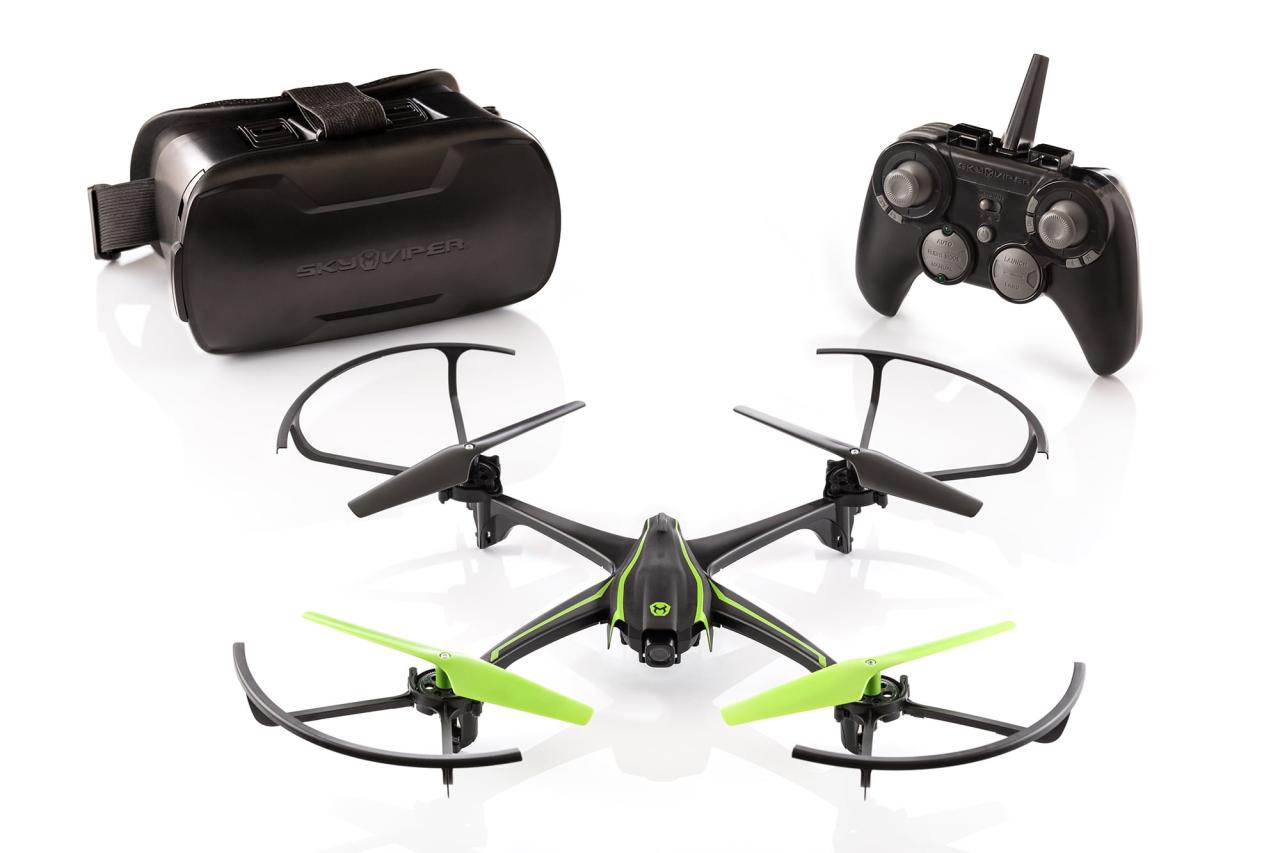Sky Elements Drones: Imagine soaring above the clouds, capturing breathtaking aerial footage that reveals the intricate details of our atmosphere. This exploration delves into the exciting world of using drones to observe and understand atmospheric phenomena, from fluffy cumulus clouds to swirling fog banks. We’ll uncover how drone technology, with its diverse sensors and cameras, allows us to gather valuable data on sky elements, impacting fields like meteorology and environmental monitoring.
We’ll examine the different types of drones suited for this task, the challenges involved in data acquisition and analysis, and the remarkable applications of this technology in understanding climate change, air quality, and weather patterns. Prepare for a journey into the fascinating intersection of technology and atmospheric science.
Sky Element Identification in Drone Footage
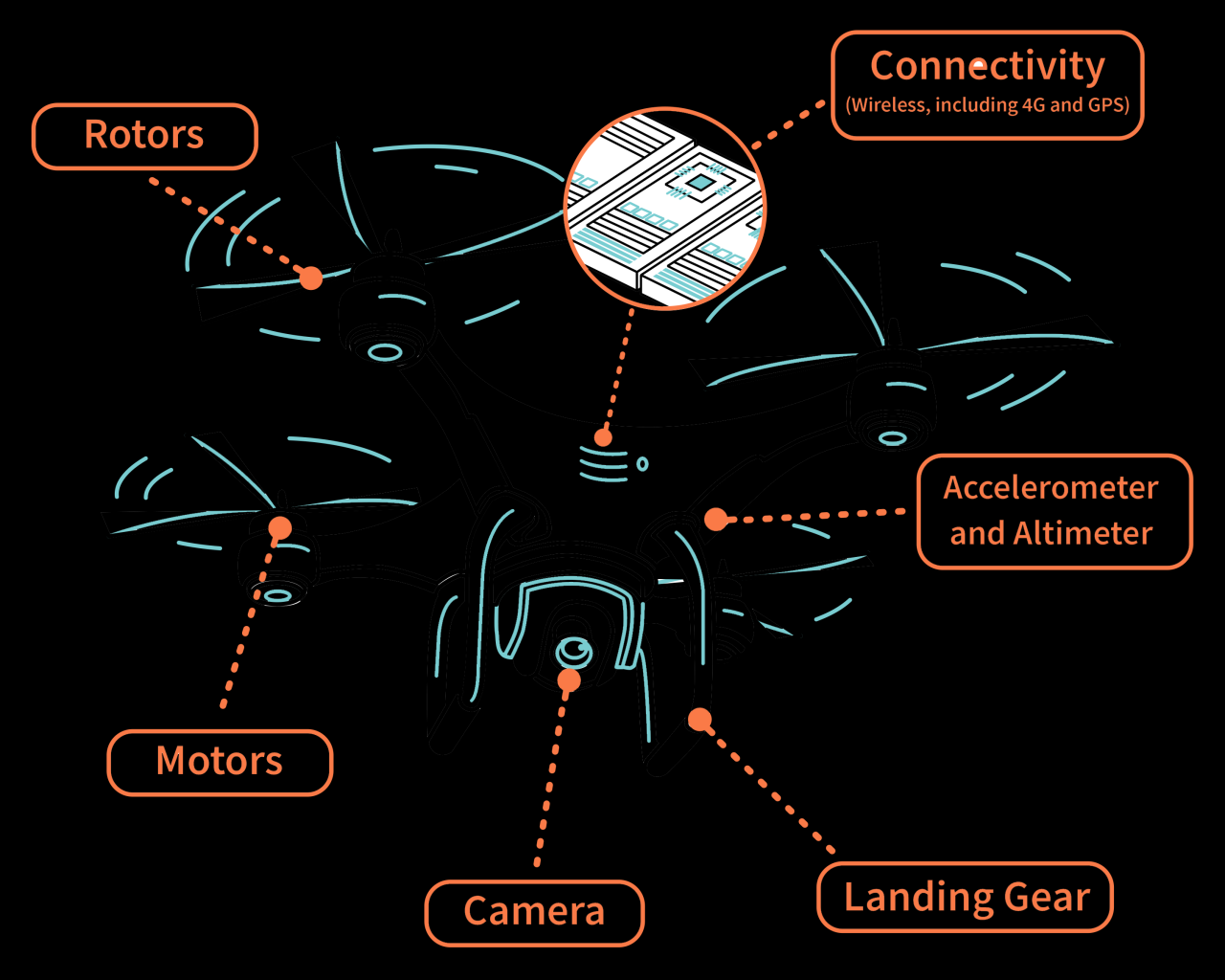
Drone footage offers a unique perspective on atmospheric conditions, revealing intricate details of sky elements often missed from ground-level observations. Analyzing these elements provides valuable insights into weather patterns and atmospheric processes.
Identifying Sky Elements in Drone Imagery
Drone imagery captures various sky elements, including clouds of different types (cumulus, stratus, cirrus, etc.), atmospheric phenomena like fog, haze, rainbows, and even the subtle variations in light scattering and atmospheric refraction. The altitude of the drone significantly impacts the detail and scale of these elements visible in the footage. Higher altitudes allow for broader views of cloud formations and atmospheric layers, while lower altitudes focus on localized phenomena such as fog banks or dust devils.
Lighting’s Influence on Sky Element Appearance
Variations in lighting dramatically alter the appearance of sky elements. Direct sunlight accentuates cloud textures and shadows, revealing their three-dimensional structure. Conversely, diffused light during overcast conditions softens details and creates a more uniform appearance. The time of day (sunrise, midday, sunset) significantly impacts color saturation and contrast, influencing how sky elements are perceived in the drone footage.
Golden hour lighting, for example, can produce stunning images with warm tones and enhanced contrast.
Atmospheric Conditions and Image Quality
Atmospheric conditions like fog, haze, and rain significantly affect image quality and sky element visibility. Fog and haze scatter light, reducing contrast and visibility, especially at longer distances. Rain can introduce streaks and distortions, obscuring details. These conditions require adjustments to drone flight parameters and image processing techniques to obtain usable data. For instance, flying at lower altitudes during foggy conditions may improve visibility of nearby features.
Cloud Type Comparison
| Cloud Type | Visual Characteristics | Altitude (approx.) | Weather Implications |
|---|---|---|---|
| Cumulus | Puffy, white, flat bases | Low | Fair weather |
| Stratus | Gray, sheet-like, low-lying | Low | Overcast, drizzle |
| Cirrus | Wispy, feathery, high altitude | High | Fair weather, sometimes approaching storms |
| Cumulonimbus | Towering, dark, anvil-shaped top | All altitudes | Thunderstorms, heavy rain, hail |
Drone Technology for Sky Observation
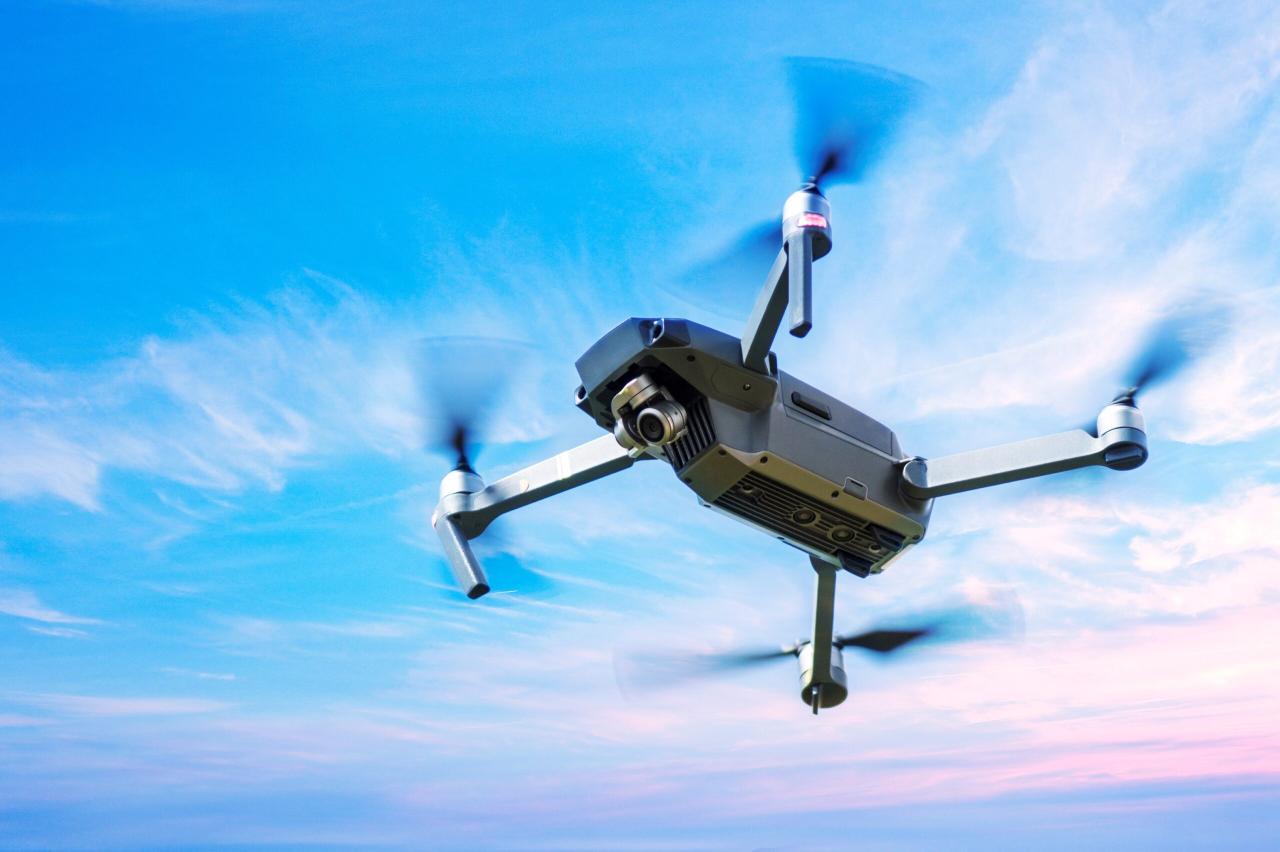
Drone Sensors and Cameras for Sky Observation
A variety of sensors and cameras are used in drones for capturing sky elements. High-resolution RGB cameras provide detailed visual information on cloud structures and atmospheric phenomena. Multispectral and hyperspectral cameras capture data across multiple wavelengths, allowing for the analysis of atmospheric composition and pollution levels. Thermal cameras measure temperature variations, useful for studying atmospheric stability and heat islands.
LiDAR sensors provide three-dimensional data on cloud structure and height.
Drone Platforms for Atmospheric Research
Different drone platforms offer various advantages and disadvantages for atmospheric research. Smaller, lighter drones are more maneuverable and suitable for close-range observations, while larger drones with longer flight times can cover greater distances and altitudes. The choice of platform depends on the specific research objectives, the scale of the area to be studied, and the environmental conditions. Fixed-wing drones are generally better for larger areas and higher altitudes, while multirotor drones excel in maneuverability and low-altitude operations.
Calibrating Drone Sensors
Accurate sky element data acquisition requires careful sensor calibration. This involves correcting for sensor biases, lens distortions, and atmospheric effects. Calibration procedures vary depending on the type of sensor used. Regular calibration checks ensure the accuracy and reliability of the collected data. For example, using a calibrated reference target to correct for color balance is a common practice.
Workflow for Processing and Analyzing Drone Imagery
A typical workflow for processing and analyzing drone imagery involves several steps: image pre-processing (noise reduction, geometric correction), feature extraction (cloud identification, atmospheric phenomenon detection), and data analysis (statistical analysis, spatial modeling). Software packages specifically designed for remote sensing and image analysis are commonly used for these tasks. The specific steps will vary depending on the research goals and data collected.
Applications of Drone-Based Sky Data: Sky Elements Drones
Meteorological and Atmospheric Science Applications
Drone-captured sky data plays a crucial role in meteorology and atmospheric science. Drones provide high-resolution data on cloud formations, atmospheric stability, and wind patterns, enhancing weather forecasting accuracy and improving our understanding of atmospheric processes. They can be deployed quickly to study transient events such as thunderstorms or dust storms.
Sky elements drones are becoming increasingly sophisticated, offering amazing aerial displays. To see what’s possible, check out the incredible light shows at the orlando drone show ; it’s a great example of the creative potential of these unmanned aerial vehicles. Seeing these performances helps us understand the future of sky elements drones and their capabilities.
Air Quality Monitoring
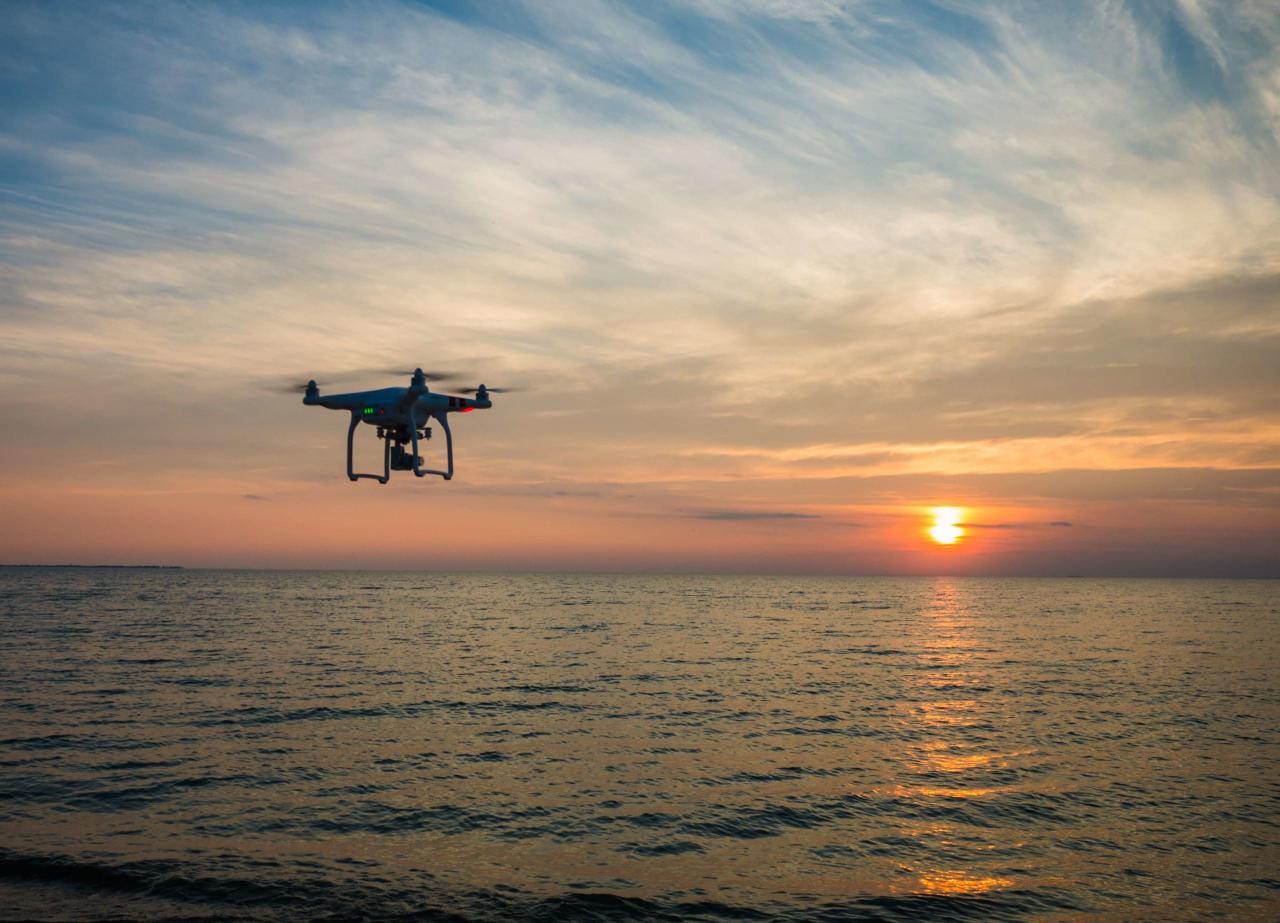
Drones equipped with appropriate sensors are used to monitor air quality and pollution levels. They can measure concentrations of pollutants such as particulate matter, ozone, and nitrogen dioxide, providing spatial and temporal data on pollution sources and dispersion patterns. This data helps in developing strategies for air pollution control and public health protection. For example, drones can be used to map pollution plumes from industrial sites.
Climate Change Impact Studies
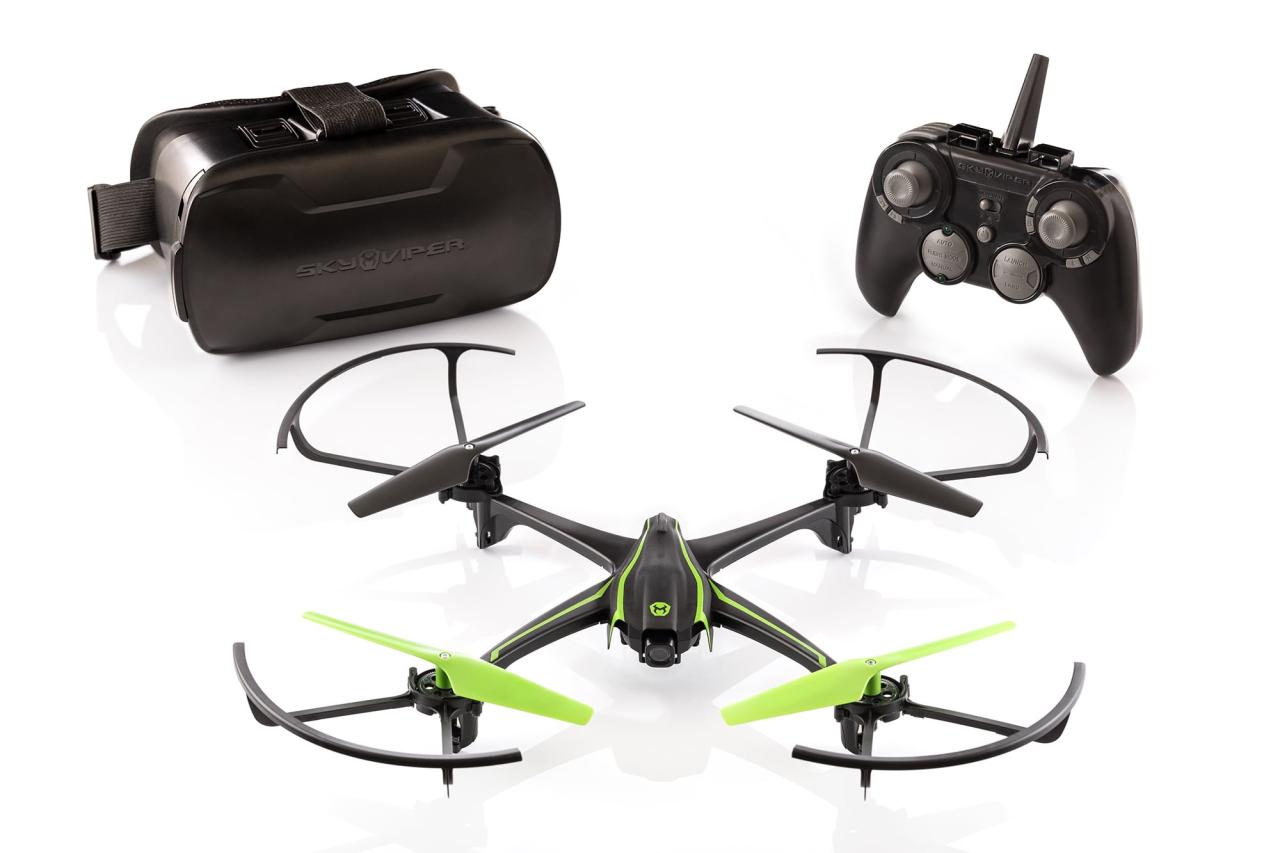
Drone technology provides valuable insights into the impact of climate change on atmospheric conditions. By monitoring changes in cloud cover, temperature, and humidity over time, drones help researchers track the progression of climate change and assess the effectiveness of mitigation strategies. Long-term monitoring programs using drones can document changes in glacier melt rates or sea ice extent.
Benefits of Drones for Environmental Monitoring, Sky elements drones
- Cost-effective data acquisition
- High spatial and temporal resolution data
- Improved accessibility to remote or hazardous areas
- Enhanced safety for researchers
- Real-time data acquisition and analysis
Challenges and Limitations of Drone Sky Observation
Weather-Related Challenges and Drone Operation
Weather conditions pose significant challenges to drone operation. High winds, heavy rain, and thunderstorms can prevent safe and effective data acquisition. These conditions can affect flight stability and image quality. Careful planning and risk assessment are essential for successful drone missions.
Altitude, Range, and Data Resolution Limitations
Drone operations are limited by altitude and range restrictions, imposed by regulations and drone capabilities. Data resolution is also limited by the sensor’s capabilities and the distance from the target. Higher resolution data generally requires closer proximity to the target.
Accuracy Compared to Traditional Methods
The accuracy of drone-based observations needs to be compared with traditional meteorological methods, such as weather balloons and satellite imagery. While drones offer high-resolution data, they may have limited coverage compared to satellite observations. Data fusion techniques combining drone data with traditional methods can improve overall accuracy.
Overcoming Challenges
Potential solutions to overcome some challenges include using more robust drone platforms, employing advanced flight control systems, and developing sophisticated image processing techniques to correct for atmospheric effects. Careful flight planning and real-time weather monitoring are also crucial for mitigating risks associated with adverse weather conditions.
Illustrative Examples of Drone Sky Imagery
High-Altitude Cloud Formations
Imagine a high-altitude drone image depicting a vast expanse of cirrus clouds, their delicate, feathery structures stretching across the sky. The image reveals subtle variations in texture and shading, highlighting the three-dimensional nature of these clouds. The sun illuminates some areas, casting delicate shadows that accentuate their wispy forms. Lower layers of cumulus clouds are visible beneath the cirrus, creating a dramatic contrast in cloud types and altitudes.
Low-Altitude Fog
A low-altitude drone image reveals a dense fog bank rolling across a valley. The image shows how the fog dramatically reduces visibility, diffusing the light and creating a soft, muted appearance. The details of the landscape are obscured, with only the nearest features visible through the fog. The image also captures the subtle variations in fog density, with thicker areas appearing almost opaque and thinner areas allowing some light to penetrate.
Thunderstorm Contrast
A drone image captures the stark contrast between a clear blue sky and a developing thunderstorm. The clear sky area displays a vibrant blue color, while the thunderstorm is characterized by dark, ominous clouds, heavy rain, and possibly even lightning. The boundary between the clear sky and the thunderstorm is sharp and defined, highlighting the rapid changes in atmospheric conditions associated with storm development.
Closing Summary
Utilizing drones to study sky elements offers a revolutionary approach to atmospheric research and environmental monitoring. From precise cloud identification to detailed air quality assessments, the potential applications are vast and continually expanding. While challenges remain, the advancements in drone technology and data analysis techniques are paving the way for a deeper understanding of our atmosphere and its ever-changing dynamics.
The future of sky observation is taking flight, one drone mission at a time.
FAQ Guide
How much do sky element drones cost?
The cost varies greatly depending on the drone’s features, capabilities, and sensor quality. Expect prices ranging from a few hundred to tens of thousands of dollars.
Thinking about getting into drone tech? Sky elements drones offer a great starting point for learning about the industry. Check out their awesome range of drones and services at sky elements drones to see what they have. You’ll find everything from beginner-friendly models to advanced professional systems, making it easy to find the perfect drone for your needs, whether you’re a hobbyist or a professional.
What are the legal regulations for flying drones to observe sky elements?
Regulations vary by country and region. You must comply with local laws regarding drone operation, including airspace restrictions and licensing requirements. Always check with your local aviation authority.
What type of training is needed to operate a drone for sky element observation?
The required training level depends on the complexity of the drone and the mission. Basic operation may require online courses, while advanced applications necessitate specialized training and certifications.
How can I process and analyze the drone imagery?
Sky elements drones are becoming increasingly popular for their versatility and stunning visual effects. If you’re interested in seeing what’s possible, check out the amazing aerial displays at the orlando drone show , a great example of advanced drone choreography. After witnessing such spectacular shows, you’ll have a better understanding of the potential of sky elements drones in creating breathtaking visuals.
Specialized software packages and image processing techniques are used. This often involves photogrammetry, creating 3D models, and using GIS software for analysis.
